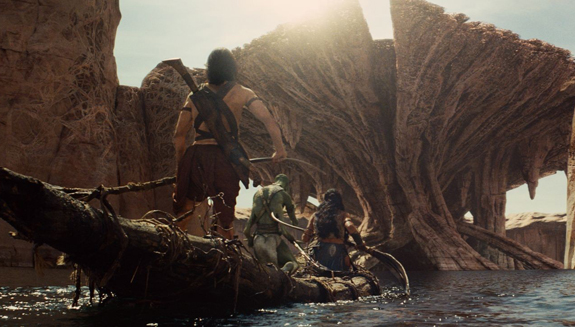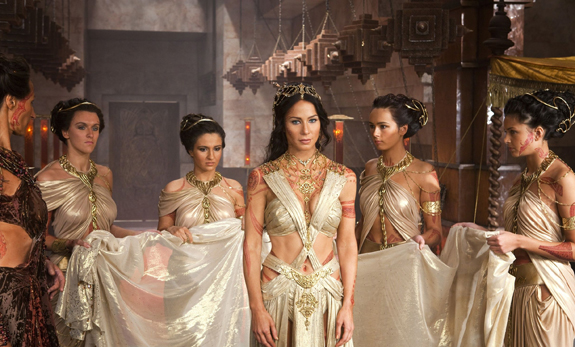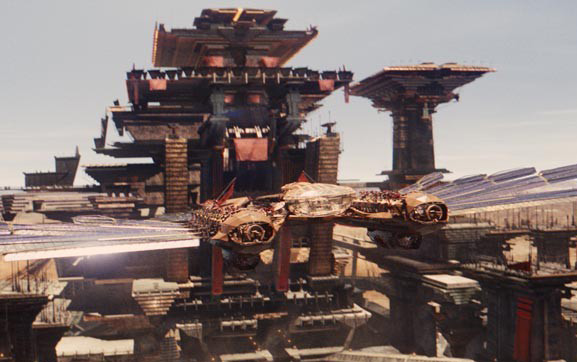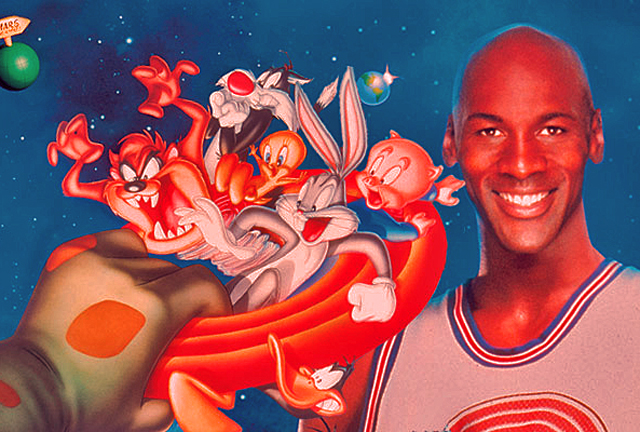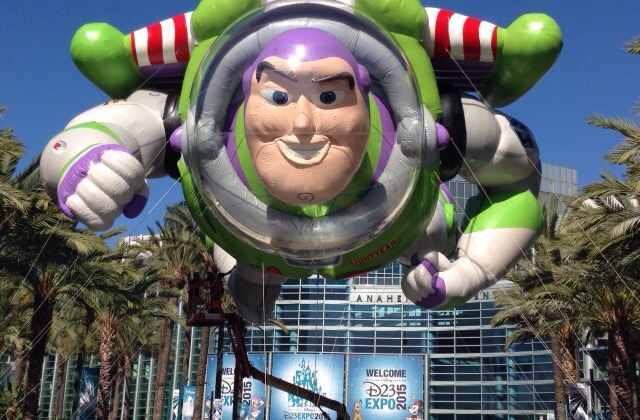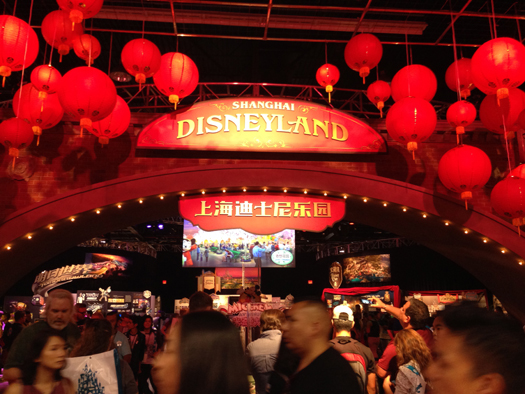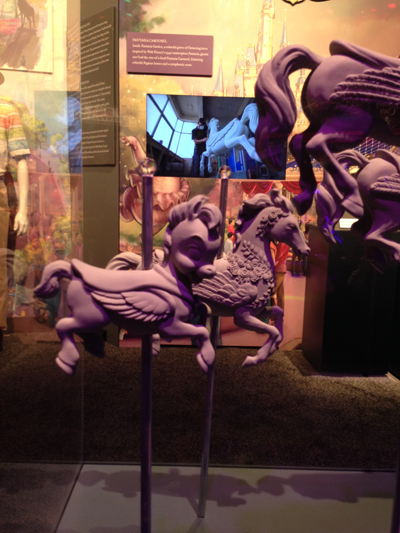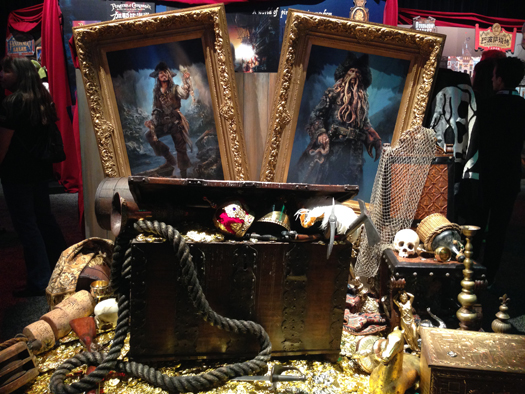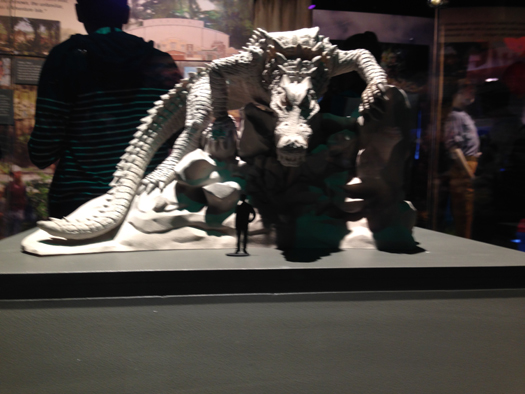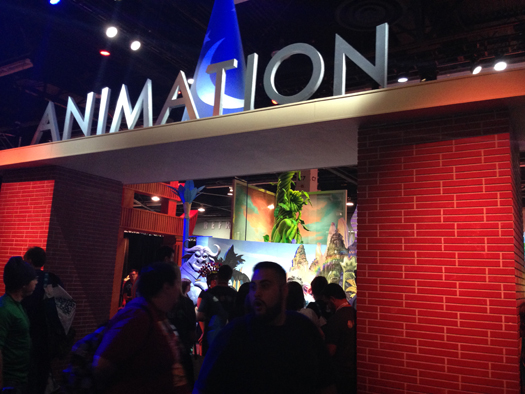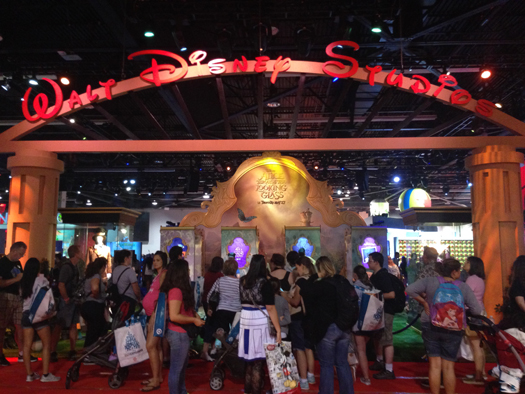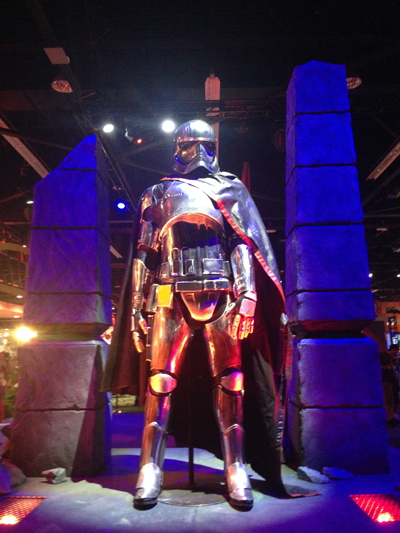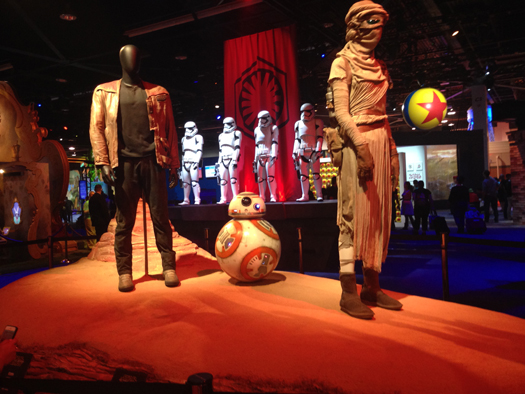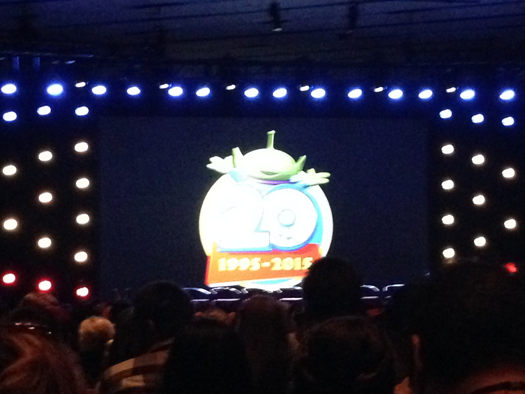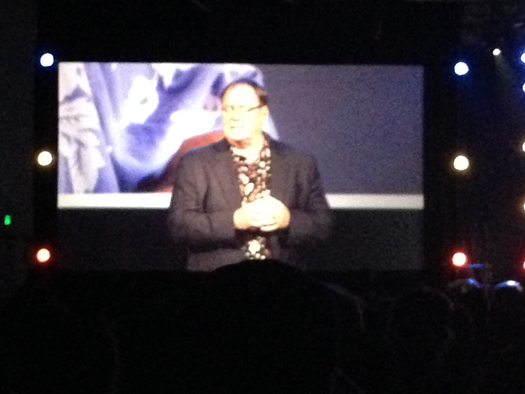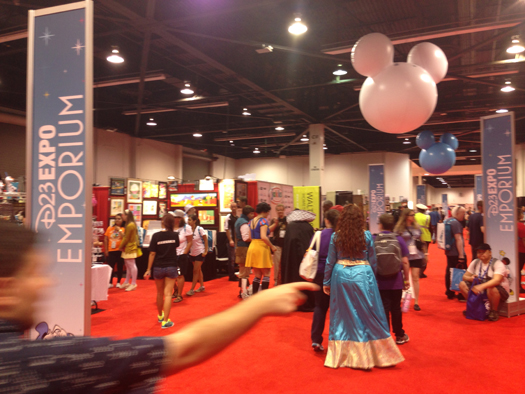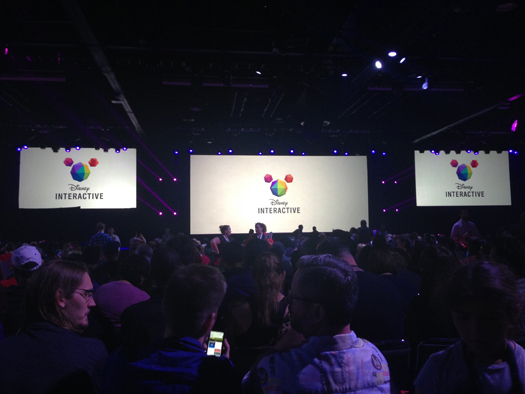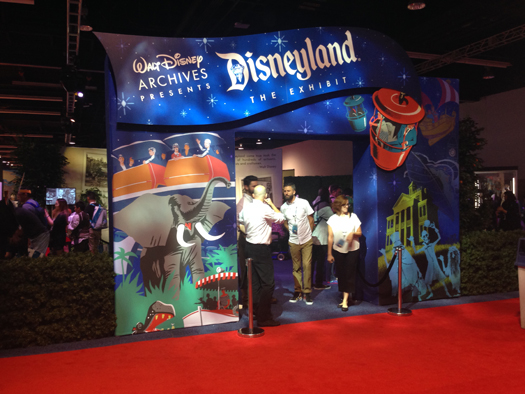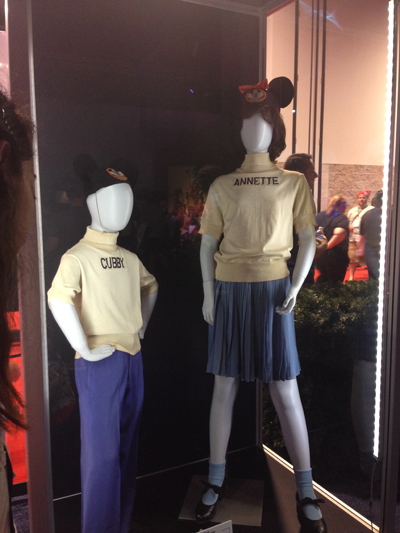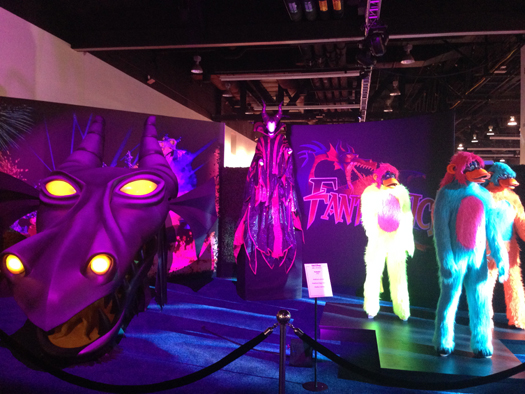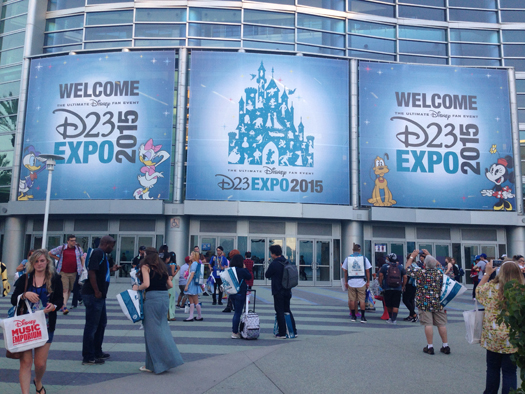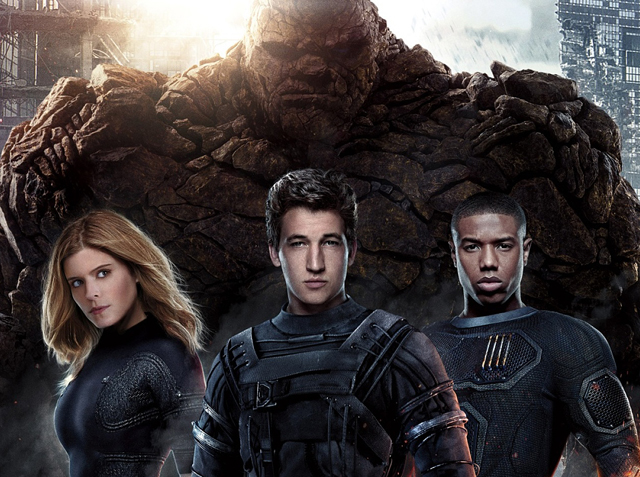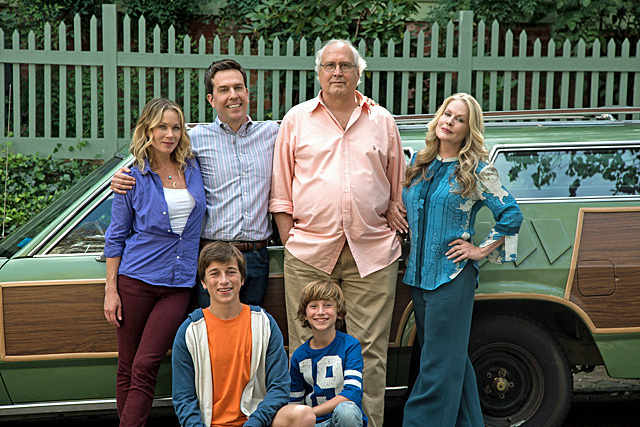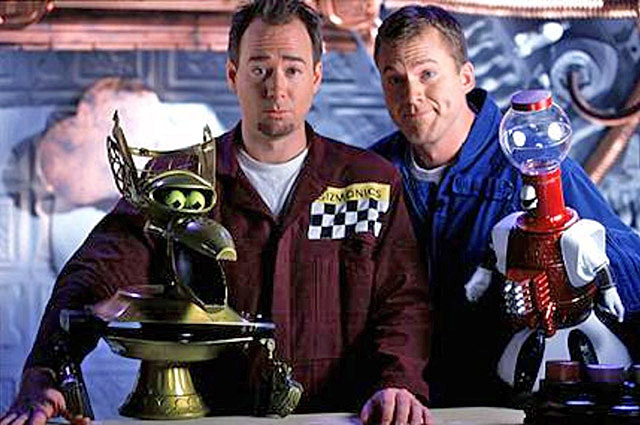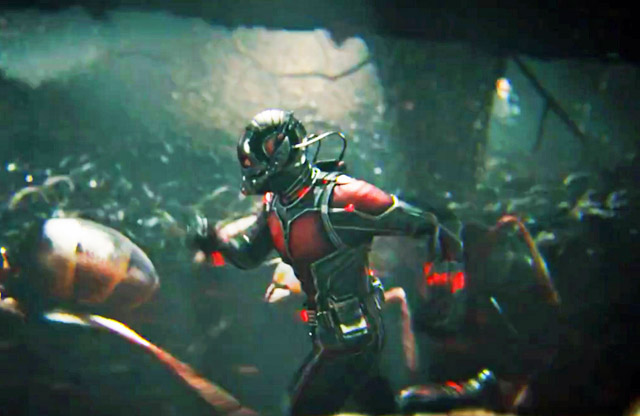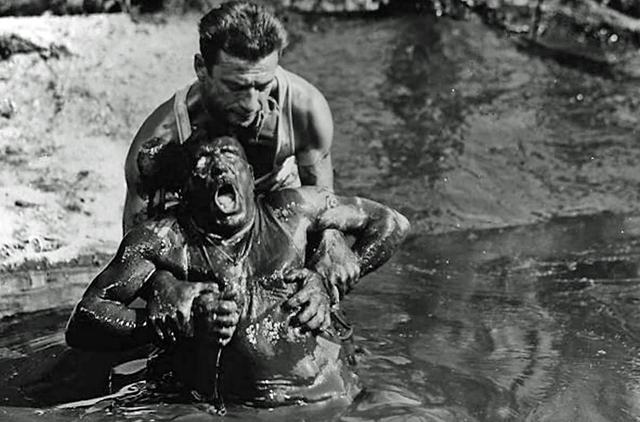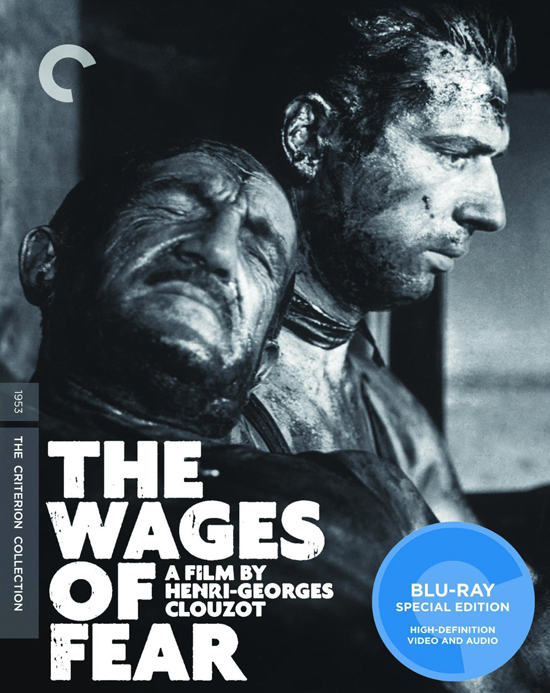One of the most valuable things to have in the film industry is a unique voice. Whether it’s through the lens of a camera or with the mastery of the written word, being able to distinguish yourself among all the other artists in film is something that everyone aspires to. Many try, but few actually can achieve the status of true originality. Oftentimes, in order to make a living in the film industry, some filmmakers will sacrifice originality and adopt a standardized style that gets them work more readily. Other artists will toil for years to create something that appeals to their senses, and possibly alienate their audiences with too much artistic self-indulgence. But, there comes a time when some artists are struck with inspiration and create something unexpected that helps to propel them to the next level, which itself can also have it’s own consequences. This particular career trajectory happened to Indian-American filmmaker M. Night Shyamalan. Shyamalan, perhaps more than any other filmmaker in recent memory, has had one of the most tumultuous careers in film. At one time a struggling wannabe filmmaker, Shyamalan managed to break out with an unexpected hit called The Sixth Sense (1999), which then led to high demand for his next projects. The Sixth Sense‘s unbelievable success was both a blessing and a curse for the director over time, because even though it propelled his career and made him a household name overnight, it also laid unrealistic expectations on him as well, something which has plagued him ever since and ultimately turned Shyamalan’s career into something of a cautionary tale.
M. Night Shyamalan can be either considered a unique visionary, or a pretentious hack, depending on who you talk to. But, there is one thing for certain and that’s the fact that his career has taken a tumble over the years. He did follow up The Sixth Sense with another critical hit called Unbreakable (2000) and a box office smash called Signs (2002), showing that he’s more than just a one hit wonder. But, all the movies he’s made since then have either been panned by critics or have flopped at the box office, or both. And the strange thing is that most of the reasons why people say they hate his movies is because of the director himself. It has become a bizarre reversal of fortune for Shyamalan. At one time, his career was so hot that putting his name above the title proved to be a mark of quality. Now, film studios are actively hiding his involvement in film projects, so as to not incur the wrath of hostile audiences. But, why has Shyamalan’s brand dropped down so much? Audiences hold his movies up to so much scrutiny, more than any other active director, and it doesn’t have anything to do with the man himself. As a person, Shyamalan seems like a nice guy with nothing in the way of negative baggage. So, why the hate? Simply put, his rise and fall as a director more or less has to do with the way we value the quality of storytelling, and how much effort a filmmaker puts into his own work. In the case of M. Night Shyamalan, we experienced the arrival of a unique voice in Hollywood who unfortunately couldn’t shake off the shadow of his own metoric rise. By sticking to the formula for success that he pioneered, Shaymalan became a parody of himself.
When you look at the career of M. Night Shyamalan, the one thing that instantly defines the whole of it is the term, “plot twists.” Shyamalan proved to be the master of pulling the rug out from under his audiences and presenting them with completely unexpected plot swerves that no one saw coming. In fact, if one were to compile a list of the greatest plot twists in movie history, I’m sure you’ll find two of his there. The first one, and really the one big thing that put Shyamalan on the map, was the big twist at the end of The Sixth Sense. I won’t spoil it here (though honestly who doesn’t already know it by now?), but it hit audiences so hard that it caused a word of mouth campaign that boosted it’s box office numbers, just based on the notion that everyone had to see it to experience it fresh to get the true impact. The twist took on a legendary life of it’s own and people were anxious to see if Shyamalan could one up himself the next time around. What he made next proved that he indeed had more tricks up his sleeve, but in a wholly unexpected way. Moving from ghost stories to superhero origins, Shyamalan crafted an equally compelling film called Unbreakable, re-teaming himself with Sixth Sense star Bruce Willis. Unbreakable didn’t have quite the box office success that Sixth Sense did, but it was well received by audiences who saw it, including myself (I named it my favorite film of 2000, and I still stand by the pick). But, what was remarkable about Unbreakable was that Shyamalan managed to work in another unexpected plot twist, one that even rivaled his last one. The twist would soon became a Shyamalan trademark and it would continue to become an expected part of his later film projects, including his follow ups Signs and The Village (2004).
But, when your career trademark becomes something that is supposed to be unexpected, it begins to rob some of it’s power once it stops being a surprise. This is largely what caused a downturn in Shyamalan’s latter career. His style no longer had the power to surprise. When he was just starting to make a name for himself, he could blind side his audiences with his twists, because they were far better hidden in less familiar style. Now, after seeing Sixth Sense and Unbreakable, people anticipated the twists, which made it harder for Shyamalan to be creative with them. As a result, his twist endings became more confounded and pretentious over time, loosing their intended impact and leaving the audience underwhelmed as a result. A perfect example of how poorly his trademark twists were handled can be seen in The Village. The premise of the movie is intriguing; an isolated turn-of-the-century village is attacked every night by cloaked monsters, and the only thing that saves it’s residents is strict adherence to traditional customs and complicated rituals meant to ward off the intruders. The movie, at times, has some chilling tension, as well as some good performances from actors like Joaquin Phoenix and Bryce Dallas Howard. But, all the momentum of the story is undermined once the truth behind the monsters is revealed. Spoilers, they’re not real. Not only that, but the big twist at the end (that all of this was really set in modern times) is telegraphed way in advance by some of the ways the adult characters speak to one another. Overall, The Village proved that M. Night Shyamalan’s formula wasn’t infallible, and that by forcing it into a story that would’ve been better served without it, the twist ended up becoming a negative rather than a positive.
Another factor that also alienated Shyamalan from his audience was his insistence on showing off his style in every movie. When Shyamalan was unknown, his flashy style was more effective, because it helped him stand out. People saw the clever use of color symbolism in Sixth Sense and the cold, washed out cinematography of Unbreakable as bold choices made by a man who knew exactly how cinema should work. But, those two movies were perfectly suited for the Shyamalan style. Once the director moved out of his comfort zone into other genres, his style became more distracting as it was forced into movies where it wasn’t needed. The Lady in the Water (2006) should have been an uplifting fantasy tale, but it ended up getting bogged down by Shyamalan’s deliberate pacing. The Happening (2008) takes itself way too seriously with it’s ludicrous premise, and ends up being unintentionally hilarious for it’s ineptness. And these were two movies that should have been interesting experiments for him, and he chose to neither take advantage of the opportunities nor challenge himself. Shyamalan’s major fault was his inability to adapt his style over time. Many directors take on a variety of projects in different genres, but they make the jumps more effectively when they conform to what is best for the project, rather than forcing their own style into places where it shouldn’t be. That’s how Steven Spielberg can be the director of both E.T. The Extra-Terrestrial (1982) and Schindler’s List (1993), and Martin Scorsese can be the director of both Goodfellas (1990) and Hugo (2011). It’s the secret to longevity in the business; challenging yourself with variety rather than staying in your comfort zone.
But, at the same time, M. Night Shyamalan had to deal with the cost of fame, and the unrealistic expectations that were laid out in front of him. As a result, those of us who considered ourselves fans of Shyamalan are also to blame for his downfall. We expected far too much of the man, and unfairly blamed him for not meeting our demands. There is a peculiar thing in our collective culture where we like to build up icons only to take them down later if they show us even the slightest hint of impurity. Shyamalan certainly has his faults as a filmmaker, but he at least earned the spotlight that would soon put everything he made under harsher scrutiny. For him, the rise in public image was too fast and too overwhelming, and it’s probably due to the fact that Hollywood was all too eager to crown a fresh new face in the business. Newsweek Magazine prematurely declared Shyamalan “the next Spielberg,” which was a little unfair for a director who had only had just a couple movies to his name at that point. Though, truth be told, Shyamalan did buy into some of the hype himself by creating a brand to distinguish his works from everyone else. Not only did he put his name above the title for a while, but he injected himself into all his movies as well. And this was more than just Hitchcockian cameos. In The Lady in the Water, there is a writer character who is prophisized to one day change the world with his work, so naturally Shyamalan cast himself as the character. Not very subtle there M. Night. Still, he’s not alone as a fallen idol in Hollywood. Whether you’re Orson Welles or Michael Cimino, Hollywood seems to enjoy tearing down their wunderkinds whenever they fly too close to the sun; perhaps as a way to curb unchecked ambition. But, even though Shyamalan contributed to his own fall from grace, the pedestal on which he stood shouldn’t have been so high to begin with.
In addition to the unfair expectations, there were also the unfortunate circumstances of M. Night Shyamalan becoming involved in projects that were never a good fit for him from the start. As a way to keep himself working as his own ambitious projects failed, Shyamalan took on directing duties in projects developed from outside sources. This included the big budget adaptation The Last Airbender (2010), which was based on the popular Avatar animated series on Nickelodeon, as well as the Will Smith sci-fi vehicle called After Earth (2013). Both films were slammed by critics and audiences, and a lot of the blame was laid at Shyamalan’s feet, which I find to be a little unfair. For one thing, adapting Avatar: The Last Airbender into a two hour movie was doomed from the start. I’ve never seen the series, so after watching the movie, I didn’t have the visceral hatred for it that other people did. It’s certainly flawed, but only in a storytelling standpoint, which I account to the adaptation, as well as to some very poor casting choices. But, what I do admire in the movie is seeing Shyamalan branch out and try new things. The Last Airbender is the least Shyamalan-esque movie that he has made, and it’s interesting to see him work with bigger scale and scope. But, then again, if the purpose was to adapt the series correctly, then I can understand the view of this being a massive failure. But, was it Shyamalan’s fault, or Nickelodeon’s for believing that he was right for the material? With regards to After Earth, I lay more blame on Will Smith than on Shyamalan, because he was clearly the driving force behind the movie; using it as a platform to spotlight his less talented son Jaden Smith. Sadly, Shyamalan was just along for the ride and it ended up dropping his stock even more, even though his mark on the movie was minimal. It just shows that circumstance also was a part of the director’s downward spiral, and that disappoints aren’t always of the artists own doing.
So, is Shyamalan forever doomed to be a shadow of his former self. It’s entirely left up to him. What I have seen in recent years from Shyamalan is a drive to reinvent himself as a filmmaker and try new things. Sadly, those new things have failed him, but not without effort on his part. What I do like is the fact that he’s abandoning the things in his career that were clearly holding him down, like the trademarks that had lost their effectiveness and the self-indulgent directing choices as well. Also, he’s injecting himself less and less into his own movies; fewer cameos and no name above the title anymore. But, can he make it work? Well, this week marks the premiere of his new film, The Visit, which is his return to the suspense thriller genre after a long absence. Already, he is receiving far more favorable reviews from critics for this one (it currently has a fresh rating on Rottentomatoes.com) which is something that he hasn’t achieved in over a decade. And probably the reason for this is because it’s a smaller budgeted, more intimate story; relying on far less hype and instead it just allows M. Night Shyamalan to craft something closer to his own interests. The Visit appears to be a perfect recharge for the director; free of the Shyamalan brand and able to just stand on it’s own merits. And if that’s what Shyamalan needs to regain his status as a respectable filmmaker once again, then it will be just the right thing for him. Overall, the rise and fall of M. Night Shyamalan is a Hollywood caution tale, showing us the risks of becoming too big too fast, and also showing how we can fall victim to too much hype and/or our own lack of restraint. M. Night Shyamalan learned all of this the hard way and only now is he starting to alter the course of his career in the right direction. Who knows? Perhaps the greatest twist Shyamalan has ever made is the one that may yet decide which way his remaining career will go.



